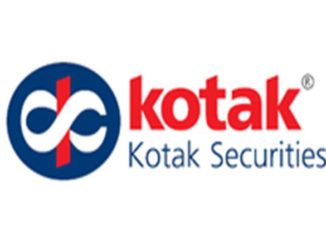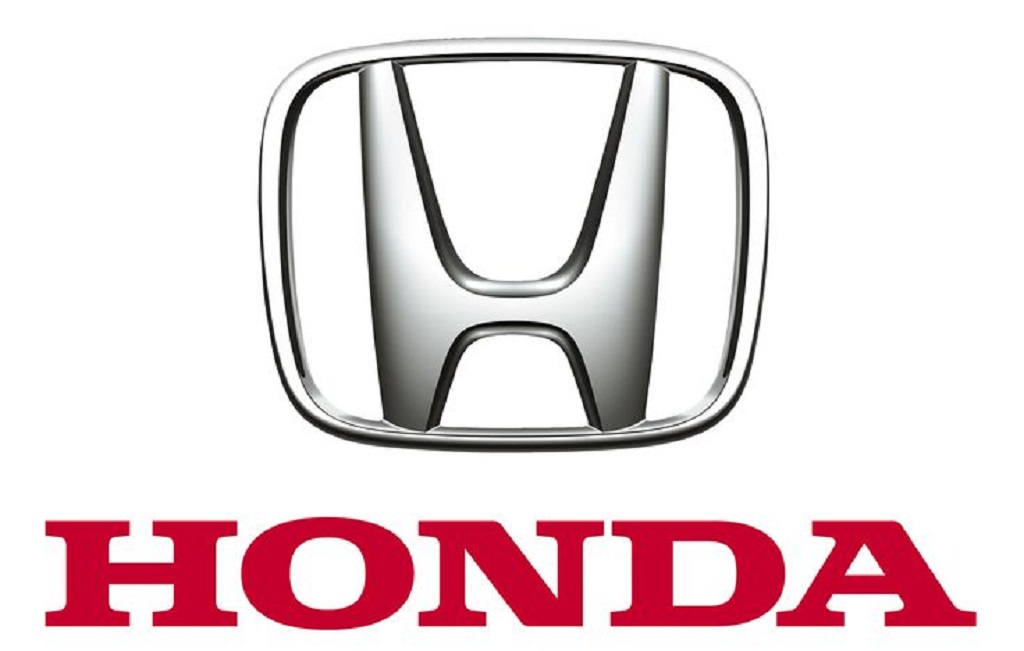- Decoding the Diverse Needs, Expectations of Indian Auto Customers
- Key to Improving Satisfaction, J.D. Power Study Finds
Honda and Maruti Suzuki Rank Highest in a Tie in Customer Satisfaction With Vehicle Service among Mass Market Brands in India
Even as automotive manufacturers collectively improve their after-sales service satisfaction for the eighth consecutive year in India, satisfaction levels and service consistency vary greatly across the regions of the country, according to the J.D. Power 2016 India Customer Service Index (CSI) StudySM mass market segment released today.
Overall service satisfaction in the mass market segment in India improves by 14 points to 880 on a 1,000-point scale in 2016 from 866 in 2015. Overall satisfaction in the West region is 900, while overall satisfaction in the North region is 857.
Strong differences in customer behavior, preferences and expectations of their after-sales experiences contribute to the substantial disparity in the regional scores. For example, 82% of vehicle owners in the West region schedule an appointment for their service visit, while only 55% of customers in the North region schedule their appointment, affecting dealers’ ability to effectively manage unscheduled workload and maximize throughput. Additionally, owners in the North region drive their vehicles an average of 11% more than those in the other three regions in the first 12-24 months of ownership, indicating that dealers in the North region have to account for more wear and tear issues when customers bring their cars in for service.
“In an astoundingly diverse market like India where every region and state has its own unique characteristics and needs, dealers need to capitalize on every customer interaction opportunity to develop points of differentiation and deliver on those expectations,” said Mohit Arora, executive director at J.D. Power. “By being attuned to the differing customer needs across the country, dealerships can continuously adapt their service processes to consistently deliver a superior customer experience.”
Dealers Communicating with Customers
The study finds that dealers are improving in their communication activities with their customers at every service juncture, and that is having a positive impact on overall satisfaction. Nearly nine in 10 (89%) customers say they were reminded by the dealership about their vehicle service, an increase from 86% in 2015. Additionally, 93% of customers say their service advisor ensured that they fully understood the scope of work being performed on their vehicle, up from 90% in 2015. Following their service, 89% of customers say they were informed about when to schedule the next visit, up from 83% in 2015. Overall satisfaction among customers who receive all three of these communications is 899, compared with 818 among those who do not receive such communications from their dealers.
“Dealers are at the frontline of interacting with customers and hence represent the automotive brand that they carry,” said Kaustav Roy, director at J.D. Power. “It’s critical that every communication milestone is handled properly. Any gap in communication may have the unintended effect of lowering satisfaction, as well as customer loyalty, and the negative impact may be magnified when it gets passed on through word of mouth.”
Among customers who are highly satisfied with their dealer service (overall satisfaction scores of 980 and above), 92% say they “definitely would” revisit their service dealer for post-warranty service, compared with only 44% of dissatisfied customers (818 or lower). Furthermore, 93% of highly satisfied service customers say they “definitely would” recommend their service dealer to family and friends. In contrast, only 50% of dissatisfied customers intend to recommend their dealer.
Now in its 20th year, the study measures new-vehicle owner satisfaction with the after-sales service process by examining dealership performance in five factors (listed in order of importance): service quality; vehicle pick-up; service advisor; service facility; and service initiation. The study examines service satisfaction in the mass market segment. Satisfaction is calculated on a 1,000-point scale.
Study Rankings
Honda and Maruti Suzuki rank highest in satisfaction, in a tie, with after-sales customer service among mass market brands, each with a score of 901. Maruti Suzuki performs well across all factors and Honda shows strong improvement across all factors, with the greatest improvements in service initiation and service quality. Hyundai and Tata rank third in a tie at 888, and are the most improved nameplates in the study.
Following are additional key findings of the study:
- Inconsistent Execution of Service Standards across Regions: The study identifies 22 service standards that can positively impact the overall customer experience. More than one-third (35%) of customers in the South region indicate that their dealer implemented all 22 standards, compared with only 19% of customers in the North region.
- Customers Appreciate a Clean Car: The percentage of customers who indicate that their vehicle was returned washed and vacuumed has increased by 11 percentage points to 89%, compared with 78% in 2015. This action improves overall satisfaction by 9 index points above industry average.
The 2016 India Customer Service Index (CSI) Study is based on responses from 7,843 new-vehicle owners who purchased their vehicle between May 2014 and August 2015. The study was fielded from May through August 2016.
Please click below links to view the entire report:
j-d-power-2016-india-csi-mass-market-press-release-final-281016




